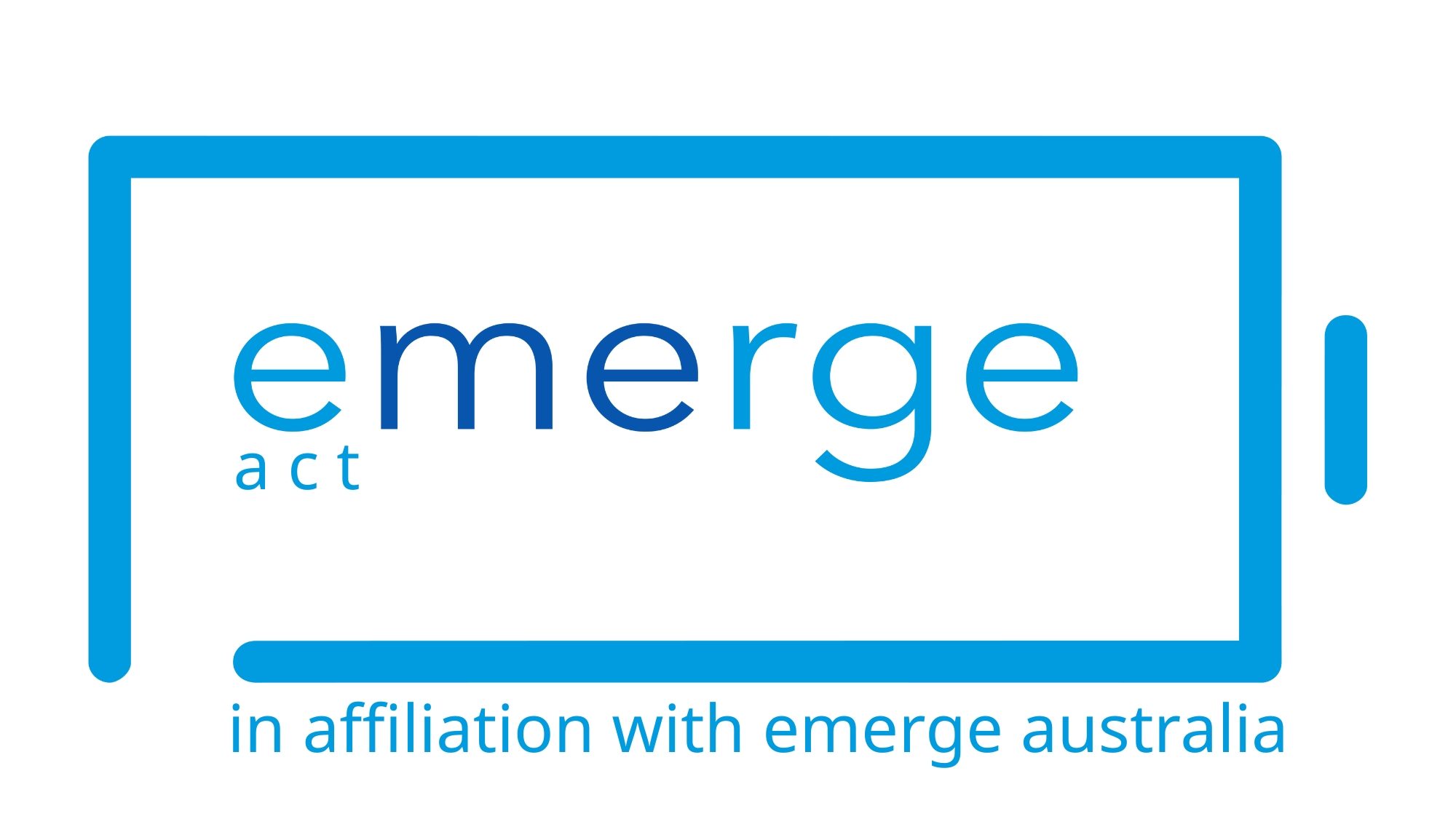Return to: Arthritis ACT, Pain Support ACT, Emerge ACT or Condition Information
About Sciatica
Sciatica is pain that radiates from the lower back down the buttocks and leg. It may feel like a mild tingling, dull ache, or burning sensation. In some cases, the pain is severe enough to make a person unable to move. The pain most often occurs on one side. Some people have sharp pain in one part of the leg or hip and numbness in other parts.
What causes Sciatica?
Pressure or injury to the nerve root
Spinal Causes:
- Disc Herniation
- Degenerative changes
- Spinal Stenosis
- Spondylothesis
Non-Spinal causes:
- Piriformis Syndrome
- Pregnancy
- Tumours
- Trauma to the leg
Risk factors include: age; sex; weight; occupation; smoking; stress; prolonged bed rest.
How is Sciatica diagnosed?
Physical exam including: assessing range of movement; pain level; gait and balance.
Medical history: asking about symptoms, what makes them worse or better, when they started and any family history.
X-Rays, MRI, CT-Scan, Nerve Conduction tests: may be performed to rule out similar conditions.
What are flares?
Sciatica is a condition that naturally improves and worsens at different times. Learning how to manage a flare-up of your symptoms helps you to be more in control of your condition.
The reasons for a flare-up can vary from person to person.
.
What are the most common symptoms of Sciatica?
- Pain, weakness, numbness, or tingling in the leg
- A sharp, burning pain down the back of the leg
- Pain that worsens when moving, sneezing, or coughing
How is Sciatica managed?
Treatment aims to reduce pain and manage symptoms.
Exercise: remaining active and reducing prolonged resting time is important. A land based tailored exercise program can reduce pain and other symptoms, such as pilates classes and stretching exercises. Hydrotherapy provides non-weight bearing exercise which encourages movement of painful joints and relaxing muscles around the spine.
Medicines: non-steroidal anti-inflammatories and steroid injections are not typically recommended for sciatic type pain.
Heat or Cold Packs: can used to reduce pain, remember to only apply heat or cold packs for 20mins at a time, as per product instructions or as per your health professional.
Lifestyle: maintaining a healthy lifestyle can reduce symptoms, including reducing stress; not smoking; eat a healthy diet; maintain healthy weight.
Alternative Therapies: These treatments are increasingly popular and offer options other than standard medical therapies or medications. For example: massage; dry needling; acupuncture; spinal adjustments by a chiropractor.
Surgery: Surgery may be the best option when sciatica is more severe. Usually, healthcare providers don’t recommend surgery unless you have symptoms that indicate nerve damage is happening or imminent.


